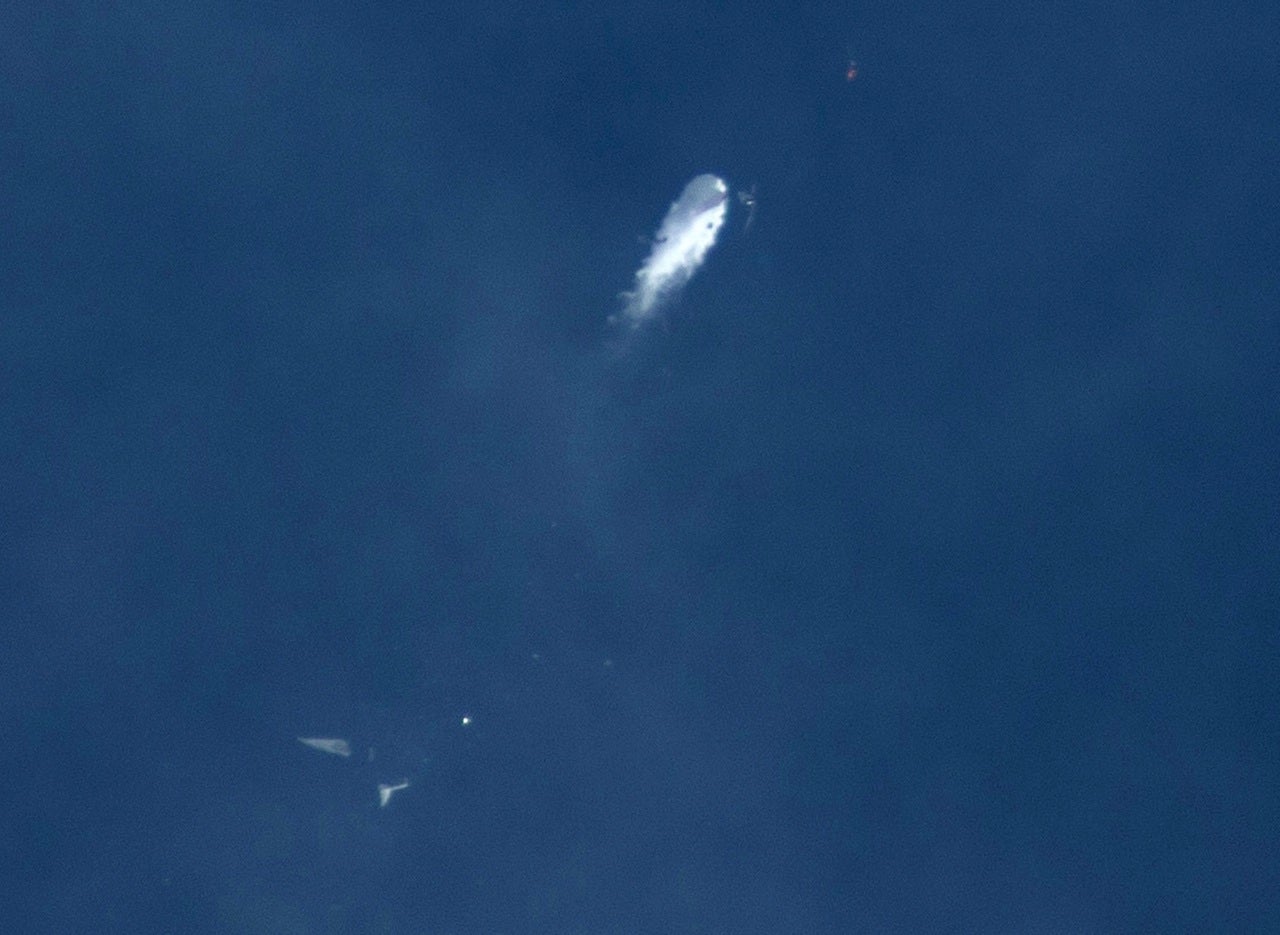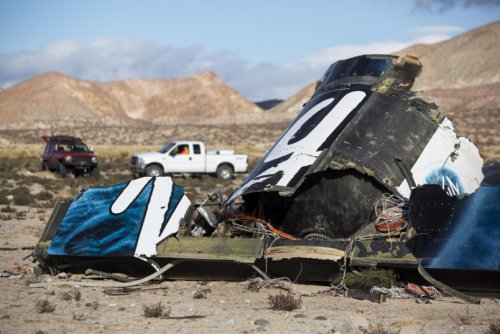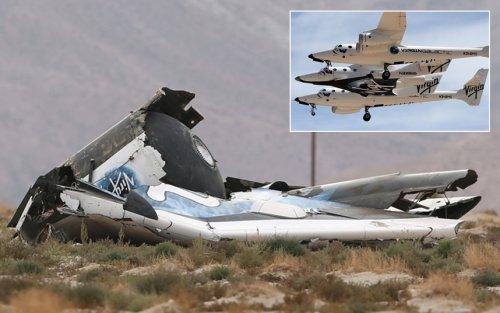- Joined
- 9 October 2009
- Messages
- 21,979
- Reaction score
- 13,647
From last link in previous post:
EDIT:
There's already a Wikiarticle on the crash; Here's a couple more related news articles via it (second one is a story from May on the new fuel):
http://www.spacenews.com/article/launch-report/42391spaceshiptwo-destroyed-in-fatal-test-flight-accident
http://m.aviationweek.com/space/new-fuel-boost-spaceshiptwo
The flight was testing the performance of the new polyamide-based grain that was adopted in place of the hydroxyl-terminated polybutadiene, a form of rubber that was used for the first series of powered tests. Scaled and Virgin, which announced the decision to change to the new fuel in May, made the switch in hopes of providing a longer, more energetic burn with lower thrust oscillations.
EDIT:
There's already a Wikiarticle on the crash; Here's a couple more related news articles via it (second one is a story from May on the new fuel):
http://www.spacenews.com/article/launch-report/42391spaceshiptwo-destroyed-in-fatal-test-flight-accident
http://m.aviationweek.com/space/new-fuel-boost-spaceshiptwo





